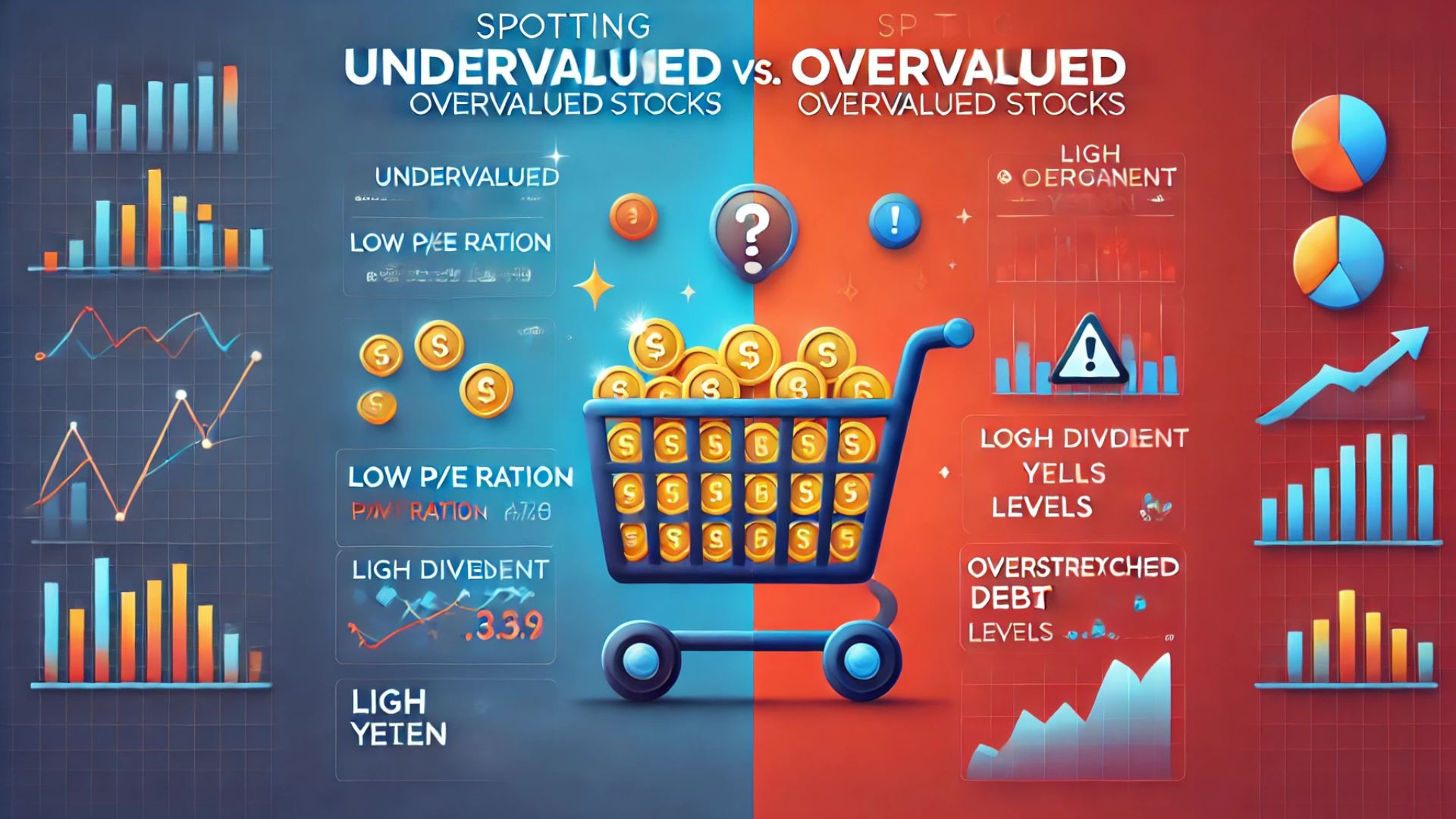
When it comes to investment options, the two that first spring to the mind are gold and stocks. Both are of different natures, benefits, and risks altogether. Understanding what these differences are is greatly instrumental in making informed investment decisions that align with one’s financial goals and risk tolerance. We shall set out to explore in detail what sets gold investing apart from investing in stock. There is a fundamental difference between the intrinsic nature of both gold and stocks.
Nature of the Asset
Gold
Gold is a physical asset and, actually, a commodity. It is something tangible; hence, you can hold it in your hand, whether in the form of bars, coins, or even some piece of jewelry. Gold has been considered valuable over several millennia because of its rarity, beauty, and perceived value as a means of storing value and hedging against inflation.
Stocks
On the other side, stocks are ownership in a firm. When you buy any stock, you are buying small pieces of that company; thus, you are entitled to its profits and assets. Stocks are intangible financial assets-that is, you can’t physically touch these assets; nevertheless, they digitally do exist.
Investment Goals and Uses
Gold
Investment in gold is usually made with a view to preserving one’s wealth. During times of economic uncertainty or when markets go into a tailspin, most investors make a beeline for gold. It is a sort of “safe haven” investment, since it resists big falls in value and sometimes rises in value when other investments, such as stocks or real estate, fall. Normally, gold is not used for income generation; rather, it is used for capital preservation and hedging against inflation or currency devaluation.
Stocks
Stocks are normally purchased for possible growth and income. An investor buys stock in anticipation of growth and success of a company, a situation which would raise the price of the stock. A large number of stocks also pay dividends and yield some periodic income. Stocks can also be part of a long-term growth strategy to build wealth over time through capital appreciation and dividend payments.
Market Behavior and Volatility
Gold
The price of gold largely depends on various factors: global economic conditions, geopolitical events, inflation rates, and changes in the value of currency. For this reason, gold is usually less volatile than stocks during economic slumps or periods of market turmoil. But even gold can face fluctuation due to the mood of the market and other exogenous factors.
Stocks
The stock market is quite volatile in nature. Stock prices may swing up and down considerably over short spans of time due to company performance, economic data releases, interest rate changes, political events, and market sentiment. Therefore, this volatility puts an opportunity to generate significant gains or face substantial losses, making stocks a riskier investment than gold.
Risk Factors
Gold
Gold entails some types of risks, including:
Price fluctuations, of course, even though gold is generally more stable.
Costs of Storage and Insurance: Physical gold requires secure storage and insurance that raise the overall cost of owning it.
No Yield: Gold does not bear any yield in the form of interest income or dividend income; its value depends entirely on appreciation in its price.
Stocks
Stocks, as on the other hand, are burdened with a different set of risks, which include:
Market Risk: Stock prices drop when general markets are in decline.
Company-Specific Risk: Stocks may decline due to an underlying company’s performance, lawsuits, or scandals.
Economic and Political Risk: Stock prices may shift regarding changes in economic policy as well as on account of political events or international relationships.
Liquidity
Gold
Liquidity is high for gold since it can be well bought and sold in most world markets. Sometimes, to be able to sell physical gold, there are more complicated routines that might be involved, which include finding an appraiser or a buyer who will be willing to pay up to the market price.
Stocks
Stocks are normally highly liquid, especially for large and renowned companies. They can also be bought and sold rather easily on stock exchanges with, for the most part, a few clicks or a phone call. The liquidity afforded by stocks makes it easier for investors to get in and out of positions with relative ease.
Long-term Performance and Returns
Gold
Gold has exhibited a modest appreciation over the long run. For much of the time, its real value remains constant, thus preserving purchasing power but not yielding a significant return. In general, gold’s performance is matched up against the rate of inflation, and while it occasionally outperforms inflation slightly, it usually does not provide the high returns associated with riskier assets such as stocks.
Stocks
Historically, over longer-term periods, stocks have outperformed most other asset classes-including gold. The average annual return of the U.S. stock market, for instance, has been in the range of 7-10% after inflation. Stocks benefit from the growth of the underlying companies, dividend reinvestment, and the compounding of returns, making them an attractive option to the long-term investor looking to build wealth.
Diversification and Portfolio Strategy
Gold
Gold is also used to help diversify one’s investment portfolio. Its movements tend to be independent of stocks and bonds, so adding this asset class into one’s portfolio may reduce overall risk and volatility. Just a small allocation to gold provides protection against market downturns and currency fluctuations.
Stocks
Stocks are a cornerstone in virtually any diversified portfolio, offering the potential for growth and income via the realization of dividends. Accordingly, since investment portfolios can be diversified through stocks across sectors, industries, and geographic regions, investors can reduce risk while enhancing the potential returns in these securities.
Conclusion:
Which one is better depends on one’s financial goals, risk tolerance, and investment horizon. For the sake of diversifying a portfolio to hedge against economic uncertainty and inflation, gold may be fitting. In case of long-term growth and income, investment in stocks is more suitable.
In most cases, a balanced investment approach may consider diversification within an asset allocation, involving stocks in combination with some gold or commodities to achieve the right risk-return balance. If you want a tailored investment strategy for your needs, always consult with a financial advisor.
Why Rich People Buy Gold need to know
FAQs
Q1: Is gold a good investment during a recession?
Yes, gold is often considered a good investment during a recession because it tends to hold its value better than stocks during economic downturns.
Q2: Can investing in stocks provide a stable income?
Yes, many stocks pay dividends, which can provide a stable source of income. However, dividends are not guaranteed and can be reduced or eliminated if a company faces financial difficulties.
Q3: What percentage of my portfolio should be in gold?
The ideal percentage of gold in a portfolio varies depending on individual risk tolerance and investment goals. Typically, financial advisors recommend keeping 5-10% of a portfolio in gold or other precious metals.
Q4: Do gold and stocks move in opposite directions?
Not always. While gold and stocks can move in opposite directions, especially during market turbulence, they don’t always have a negative correlation. The relationship between gold and stocks can vary depending on a range of economic factors.
Q5: How can I invest in gold without buying physical gold?
You can invest in gold without buying physical gold through gold ETFs, mutual funds that invest in gold mining companies, or gold futures and options.

